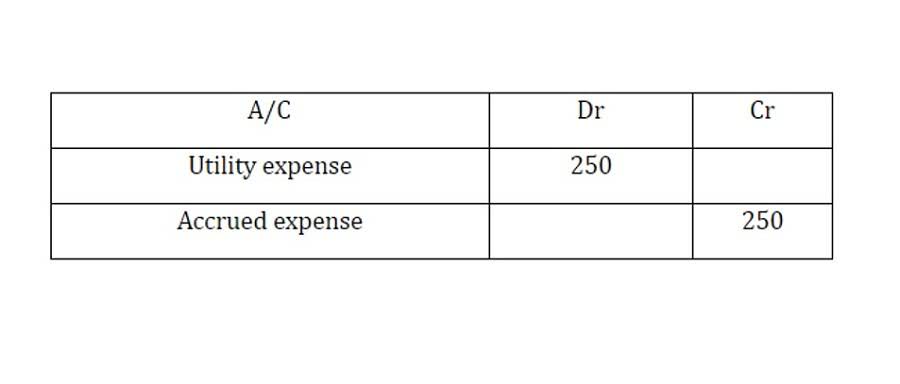
Understanding these factors is important for business owners, managers, and investors as they reflect the company’s operational efficiency and financial health. Companies with negative retained earnings or accumulated deficits may face challenges in valuation. Negative retained earnings suggest the company has experienced cumulative losses, which virtual accountant can erode shareholder equity and raise concerns about financial viability.
- Liabilities are classified as current liabilities or long-term liabilities.
- This account may or may not be lumped together with the above account, Current Debt.
- For an analyst, the absolute figure of retained earnings during a particular quarter or year may not provide any meaningful insight.
- This balance is located in the equity section of the prior period’s balance sheet.
- Assets are economic resources controlled by the company that are expected to provide future economic benefits.
When Are Funds Generally Transferred Into Zero-Balance Accounts?
Liabilities, conversely, are the company’s financial obligations to external parties, such as creditors or suppliers, representing what the company owes. Equity, often referred to as owners’ equity or shareholders’ equity, represents the residual claim of the owners on the company’s assets after all liabilities have been satisfied. When a company generates net income, that profit increases retained earnings, thereby increasing total equity.

Is Retained Earnings an Asset on the Balance Sheet?
- Understanding these factors is important for business owners, managers, and investors as they reflect the company’s operational efficiency and financial health.
- The statement of retained earnings, also known as the statement of changes in equity, provides a detailed reconciliation of changes in retained earnings over a period.
- Stock buybacks can reduce additional paid-in capital, as repurchased shares are often recorded as treasury stock, decreasing total equity.
- In smaller or more flexible business forms, the emphasis is often on cash flow and owner withdrawals, with retained earnings playing a less formal role.
- Liabilities are the company’s obligations or what it owes to external parties, such as suppliers or lenders.
These assets represent monetary value, such as stocks, bonds, and cash equivalents. Unlike tangible or intangible assets, financial assets derive worth from contractual claims. Their classification depends on intent and accounting treatment, with categories like held-to-maturity, available-for-sale, or trading securities under GAAP and IFRS 9. Understand how assets and equity function on the balance sheet, their key differences, and their impact on a company’s financial position. The normal balance in a profitable corporation’s Retained Earnings account is a credit balance. This is logical since the revenue accounts have credit balances and expense accounts have debit balances.
Balance Cheat Sheet

Companies use retained earnings as a source of internal financing for various purposes, such as funding operations, paying down debt, or investing in growth opportunities. This accumulated profit is not a specific pool of cash but rather a component of a company’s overall equity. Retained earnings represent the source of financing for these assets, not the assets themselves. A company with substantial retained earnings may have very little cash on hand if it has reinvested those profits into other non-cash assets retained earnings asset or liabilities or used them to reduce liabilities. This distinction helps understand a company’s liquidity versus its overall profitability and reinvestment strategy. For example, a company might use its accumulated retained earnings to purchase new equipment, expand facilities, or develop new products.
Management and Keeping Profits

These equity accounts represent the owners’ residual claim on the company’s assets after all liabilities https://www.xogospopulares.com/accumulated-depreciation-financial-accounting-i/ are satisfied. On a company’s balance sheet, retained earnings or accumulated deficit balance is reported in the stockholders’ equity section. Stockholders’ equity is the amount of capital given to a business by its shareholders, plus donated capital and earnings generated by the operations of the business, minus any dividends issued. Net income, also called profit, is the amount by which revenues exceed expenses during a specific period. When a company earns net income, it increases retained earnings, assuming dividends are not paid out. Conversely, if a company incurs a net loss, retained earnings decrease, as the company’s accumulated profits are effectively reduced.


The “beginning retained earnings” is the balance from the previous accounting period, serving as the starting point for the current period. This figure reflects accumulated profitability retained since inception. Financial statements, especially the balance sheet, often confuse those without an accounting background. This article clarifies what retained earnings represent and their role in a company’s financial structure. Once you’ve noted your beginning retained earnings, you need to know how to calculate earnings with your assets and liabilities.